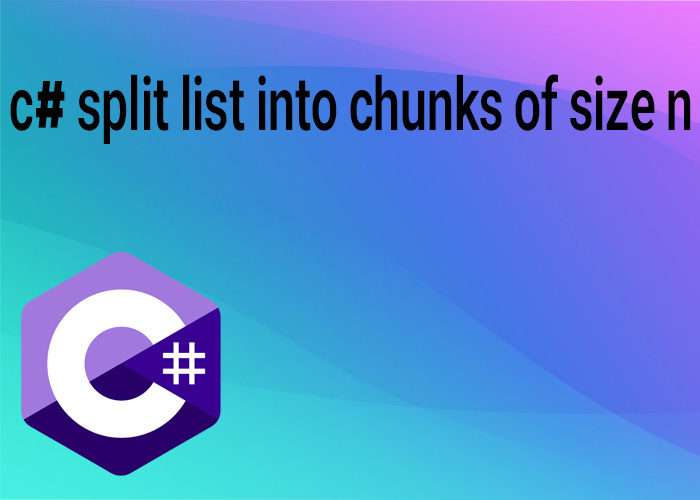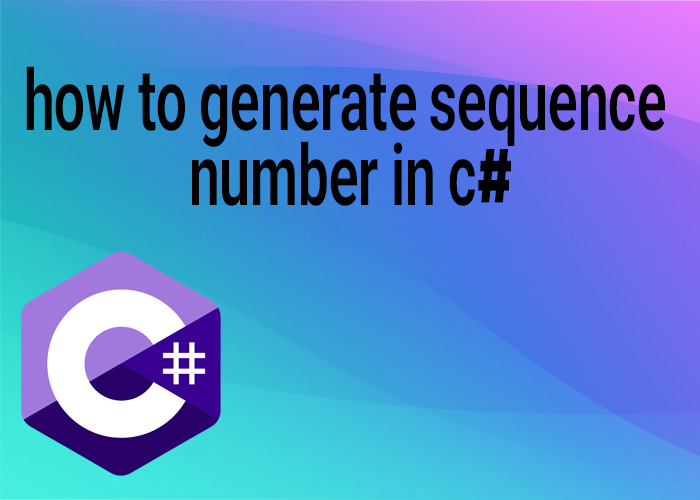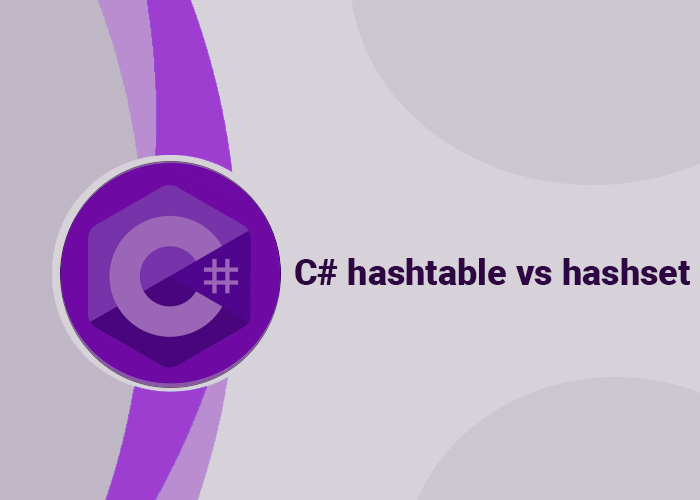Exploring LINQ Query Syntax in C#: A Comprehensive Guide
LINQ (Language Integrated Query) is a powerful feature in C# that allows developers to write clean, readable code for data querying and manipulation. LINQ can be used with various data sources like arrays, lists, or even databases. This article provides an in-depth look at LINQ Query Syntax in C#, one of the two main ways to write LINQ queries, the other being Method Syntax.
What is LINQ Query Syntax?
LINQ Query Syntax is modeled after SQL (Structured Query Language) and is sometimes referred to as "query comprehension" or "comprehension syntax." It provides a readable and expressive way to query data. This syntax is especially familiar to those who have experience with SQL.
Basic Structure of LINQ Query Syntax
A LINQ query written using Query Syntax generally consists of three main parts:
- From clause: Specifies the data source.
- Where clause (optional): Filters the data.
- Select clause: Specifies the type of the resulting elements.
Here’s the basic template for a LINQ query using Query Syntax:
from <range variable> in <IEnumerable collection>
where <condition>
select <result>
Example: Querying a List of Numbers
Consider a list of integers. We want to find all numbers greater than 50.
using System;
using System.Collections.Generic;
using System.Linq;
public class Program
{
public static void Main()
{
List<int> numbers = new List<int> { 10, 20, 60, 70, 80 };
var largeNumbers = from num in numbers
where num > 50
select num;
foreach (var number in largeNumbers)
{
Console.WriteLine(number); // Output: 60, 70, 80
}
}
}
Example: Querying Complex Objects
Suppose you have a list of Person objects where each Person has a Name and an Age. You want to select names of people who are over 30 years old.
using System;
using System.Collections.Generic;
using System.Linq;
public class Person
{
public string Name { get; set; }
public int Age { get; set; }
}
public class Program
{
public static void Main()
{
List<Person> people = new List<Person>
{
new Person { Name = "Alice", Age = 25 },
new Person { Name = "Bob", Age = 35 },
new Person { Name = "Charlie", Age = 40 }
};
var names = from person in people
where person.Age > 30
select person.Name;
foreach (var name in names)
{
Console.WriteLine(name); // Output: Bob, Charlie
}
}
}
Key Features of LINQ Query Syntax
- Readability: Closely resembles SQL, making it intuitive for those familiar with database querying.
- Support for complex queries: Easily handles ordering, grouping, and joining data.
- Integration with C# features: Supports the use of C# features such as type inference in queries.
Conclusion
LINQ Query Syntax offers a powerful, readable alternative to traditional imperative programming methods for querying data in C#. By using this syntax, developers can write queries that are not only efficient but also easy to understand and maintain. Whether you are processing collections in memory or querying databases, mastering LINQ Query Syntax will significantly enhance your ability to manipulate and work with data in your C# applications.





